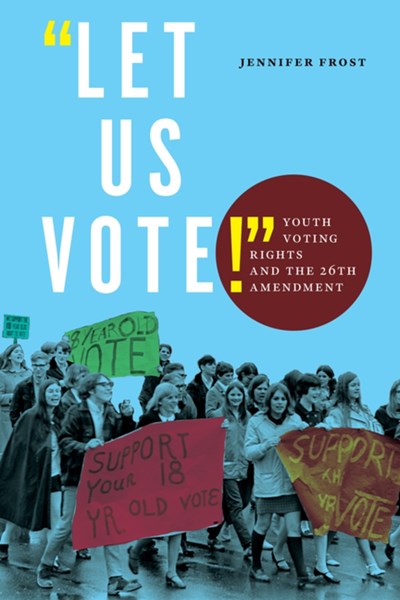2018 School Spending Survey Report
“Let Us Vote!”: Youth Voting Rights and the 26th Amendment
COPY ISBN
VERDICT This book can be read as a case study of the laborious U.S. legislative process, set against the changing political landscape of the 1960s. Readers interested in U.S. politics will appreciate Frost’s research.
RELATED
ALREADY A SUBSCRIBER? LOG IN
We are currently offering this content for free. Sign up now to activate your personal profile, where you can save articles for future viewing




Comment Policy:
Comment should not be empty !!!